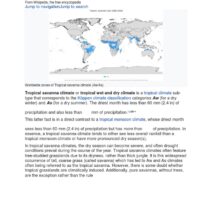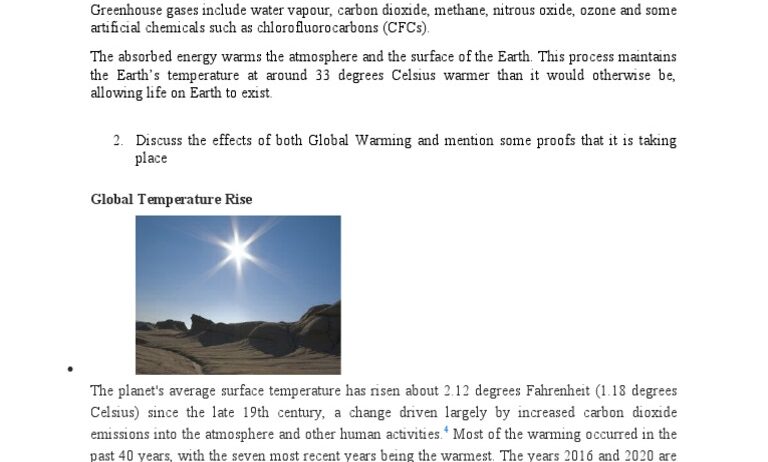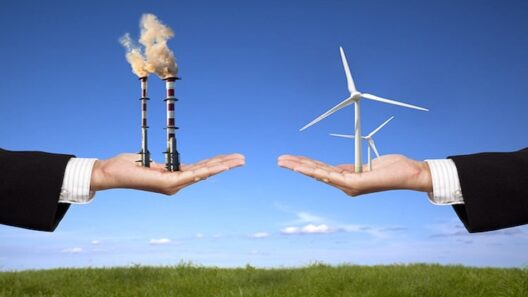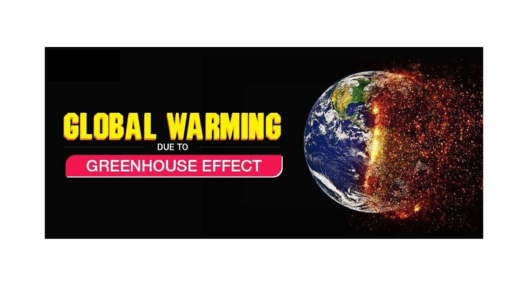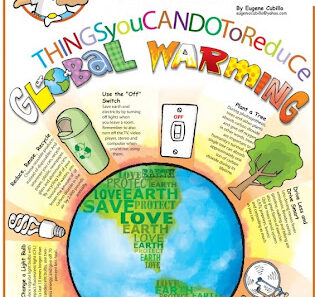Understanding the intricacies of our planet’s climate can be daunting, especially when two terms, “global warming” and “climate change,” are often used interchangeably in public discourse. Yet, these terms embody distinct concepts that are essential for comprehending the evolving dynamics of our Earth’s environment. As awareness of environmental issues burgeons, recognizing these nuances becomes paramount for facilitating informed discussions and driving effective action.
In this guide, we will explore the definitions, implications, and interrelationships of global warming and climate change, unraveling the complexities that both terms represent.
Defining Global Warming
At its core, global warming refers specifically to the long-term increase in Earth’s average surface temperature due to human activities, predominantly the combustion of fossil fuels, deforestation, and industrial processes. This phenomenon is primarily characterized by an increased concentration of greenhouse gases like carbon dioxide, methane, and nitrous oxide in the atmosphere. These gases trap heat, creating a ‘greenhouse effect’ that raises temperatures globally.
Historical data shows that since the late 19th century, the planet has warmed by approximately 1.2 degrees Celsius. While this might seem trivial, even small increases in temperature can have profound effects on weather patterns, sea levels, and ecosystems. The ramifications of global warming are starkly visible in the melting polar ice caps, rising sea levels, and the increasing frequency and intensity of extreme weather events.
The undeniable link between human activity and global warming has spurred scientific investigations and international agreements aimed at mitigation. Discourse around carbon emissions, renewable energy sources, and sustainable practices has proliferated, underpinning the urgency to address this pressing crisis.
Pondering Climate Change
Climate change, however, is a broader term that encompasses global warming alongside other alterations in our climate system that may arise due to various factors, including natural phenomena. While global warming is an integral component of climate change, the latter also includes shifts in precipitation patterns, alterations in ocean currents, and long-term weather variability. In essence, climate change paints a comprehensive picture of how climate systems are transforming due to both anthropogenic and natural influences.
This broader definition introduces a range of variables that complicate our understanding of climate dynamics. For example, phenomena such as El Niño or La Niña can cause significant short-term climate variability, independent of long-term warming trends. These oscillations can affect global weather patterns, resulting in floods, droughts, and other climatic events that defy simplistic narratives.
The implications of climate change are terrifyingly vast, extending beyond mere temperature hikes. Changing climates can alter ecosystems, pushing species to extinction, perturbing food chains, and threatening biodiversity. Regions that were once fertile may experience desertification, while others could face catastrophic flooding, jeopardizing livelihoods and displacing communities.
Interconnections Between Global Warming and Climate Change
Understanding the interplay between global warming and climate change is crucial for grasping why these terms, while distinct, often overlap in discussions. As global temperatures rise, the resultant impacts—such as intensified storm activity, prolonged droughts, and shifting climatic zones—embody what is commonly referred to as climate change.
Moreover, it is imperative to recognize that the impacts of climate change are not confined to any specific geographic location; they are felt on a global scale. Countries that contribute minimally to global greenhouse gas emissions, such as island nations, often bear the brunt of climate change repercussions, highlighting issues of environmental justice and equity in global discussions. The disparities in vulnerability and resilience among nations necessitate collaborative efforts in addressing these challenges.
Human Psychosocial Dimensions
The fascination surrounding global warming and climate change is tangible and rooted in human psyche. It evokes profound emotions ranging from anxiety to hope. The stark visuals of melting ice caps and displaced wildlife speak to the fragility of our ecosystems, stirring a deep-seated sense of responsibility. Conversely, innovative solutions—from advancements in clean technology to grassroots movements—ignite a collective hope for a sustainable future.
Engaging in discourse surrounding these topics fosters a community of awareness and action. Education is a potent tool that empowers individuals and communities to initiate change, whether through reducing carbon footprints, advocating for policy changes, or participating in conservation efforts. Building awareness bridges knowledge gaps and ignites a sense of agency among the populace.
Conclusion
In conclusion, distinguishing between global warming and climate change is critical for understanding the complexities of Earth’s systems and the challenges we face. Global warming encapsulates the pressing issue of rising temperatures while climate change offers a broader narrative that encompasses a variety of climatic alterations. Both concepts are interconnected and underscore the urgent need for collective action.
As we navigate the uncertain future of our planet, fostering critical dialogue and embracing proactive measures will be integral to sustaining the delicate balance of our environment. In doing so, we ensure that future generations inherit a world that is not only habitable but thriving—a testament to the resilience and adaptability of humanity in the face of adversity.

